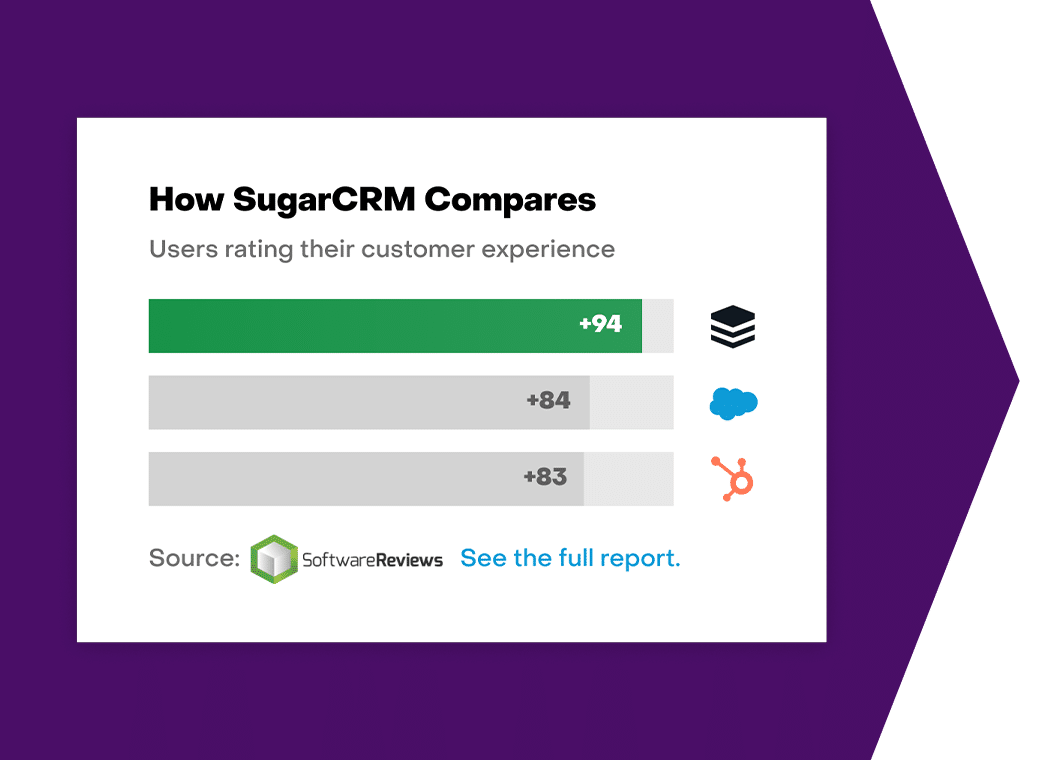Illuminating the Dark Funnel: How It Can Empower Your Sales Strategy
What we'll Cover:
Decoding the Buyer’s Journey: What IS the Dark Funnel?
The “dark funnel” is where a significant portion of the buyer’s journey occurs beyond the reach of traditional sales and marketing visibility. How can you identify and influence those hidden touchpoints? How Can the Dark Funnel Empower Your Sales Strategy?
More and more purchasing decisions are happening inside the dark funnel—parts of the buyer’s journey that are invisible to sales and marketing teams. According to Gartner, marketers lack visibility into at least 50% of the buying journey, making growth opportunities harder to influence. And, when B2B buyers are considering a purchase, they spend less than a fifth (17%) of their time meeting with potential suppliers.
The rise of the dark funnel means more sales processes are happening outside of a sales team’s control and that’s something many of us will balk at. Take software sales for example, more buyers than ever are conducting their research online before they even visit a provider’s website. Online reputation across review sites, social media platforms, discussion forums and events has become crucial in purchasing decisions.
In this article, I explain more about the dark funnel and provide ideas on how you and your sales team can leverage this trend rather than succumb to its challenges.
Understanding Your Invisible Touchpoints
The dark funnel is a hidden space where prospects explore options, seek advice, and gather info through online research, reviews, social media, and more. Despite being hard to track and influence, the dark funnel is crucial in the rise of self-service culture and buyers wanting control.
For sales teams, the challenge lies in identifying and understanding these invisible touchpoints, as well as finding ways to influence them positively.
Diving Deeper into How the Sales Landscape is Changing
Self-service is transforming the way sales teams approach customer engagement. B2B buyers are taking matters into their own hands – research and shortlists are often compiled with little or no vendor interaction.
Thanks to online retail, the B2C buying journey has evolved to the point where individuals shop around for the best prices, meaning marketing and advertising channels need to work even harder for attention.
For both groups, the dark funnel is appealing as buyers can avoid a hard sell and craft a buying journey on their terms.
Traditional attribution metrics like email open rates and social media clicks are not as useful or significant as they once were. Customers are looking for products and services in places that sales teams often cannot influence – within the dark funnel.

Working With You, Not Against You: Supporting Your Sales Cycles With Dark Funnels
For all its mystery, the dark funnel is not the enemy. Far from it. The propensity for buyers to self-serve means sales cycles can be shorter. This makes the dark funnel a positive support for the sales cycle.
But that doesn’t mean that sales teams should sit back and let the dark funnel do the work. The onus is on businesses to get their content in front of their audience via the right channel. Podcasts, webinars and LinkedIn forums are all valuable tools of influence for today’s buyers and where content needs to be pushed.

Companies must work hard to remain visible so sales teams can act when customers emerge from the dark funnel.
The moment a customer emerges, sales reps can help buyers complete their purchase and feel confident in their decision. Sales teams stand out when they can provide additional insights and value that buyers can’t find on social media or in discussion forums.
5 Tips for Building Influence Inside the Dark Funnel
Sales teams may no longer make the first move but they need to make a good first impression. Since first impressions are made well before any interaction, sales leaders need to be prepared to build influence inside the dark funnel.
The following strategies can support sales leaders in their efforts:
- Invest in content marketing and thought leadership to attract potential customers during their pre-purchase research phase. Content such as blogs, whitepapers, videos, and webinars can help build credibility and trust.
- Optimise SEO and online visibility and create content that answers common queries customers have during the research phase
- Use social media and influencer marketing to engage with prospects on platforms where they are active. Sales leaders who don’t post regularly on LinkedIn are missing out on great opportunities.
- Consider retargeting and remarketing tactics to reach out to prospects who have already visited your website or engaged with your content.
- Deploy personalisation and account-based marketing to address the specific needs and pain points of individual prospects.
With the right strategies, you can make a positive impact on potential customers during this hidden phase of the buyer’s journey. Leveraging the dark funnel correctly will help your organisation stand out and establish a strong foundation for future sales interactions.







